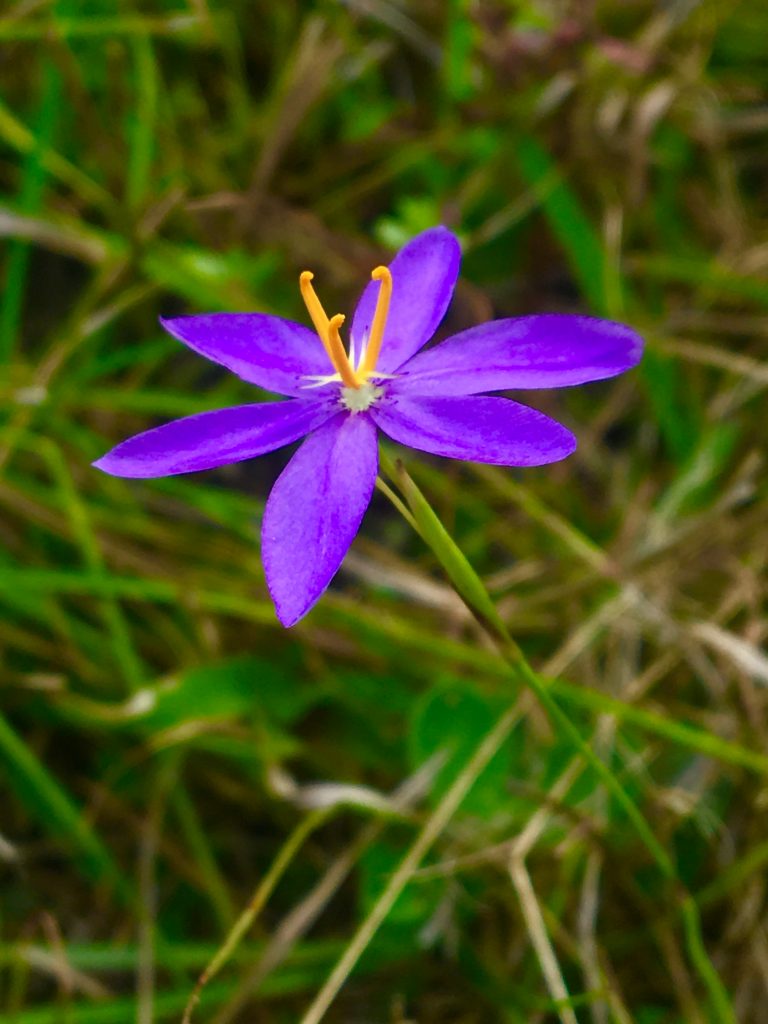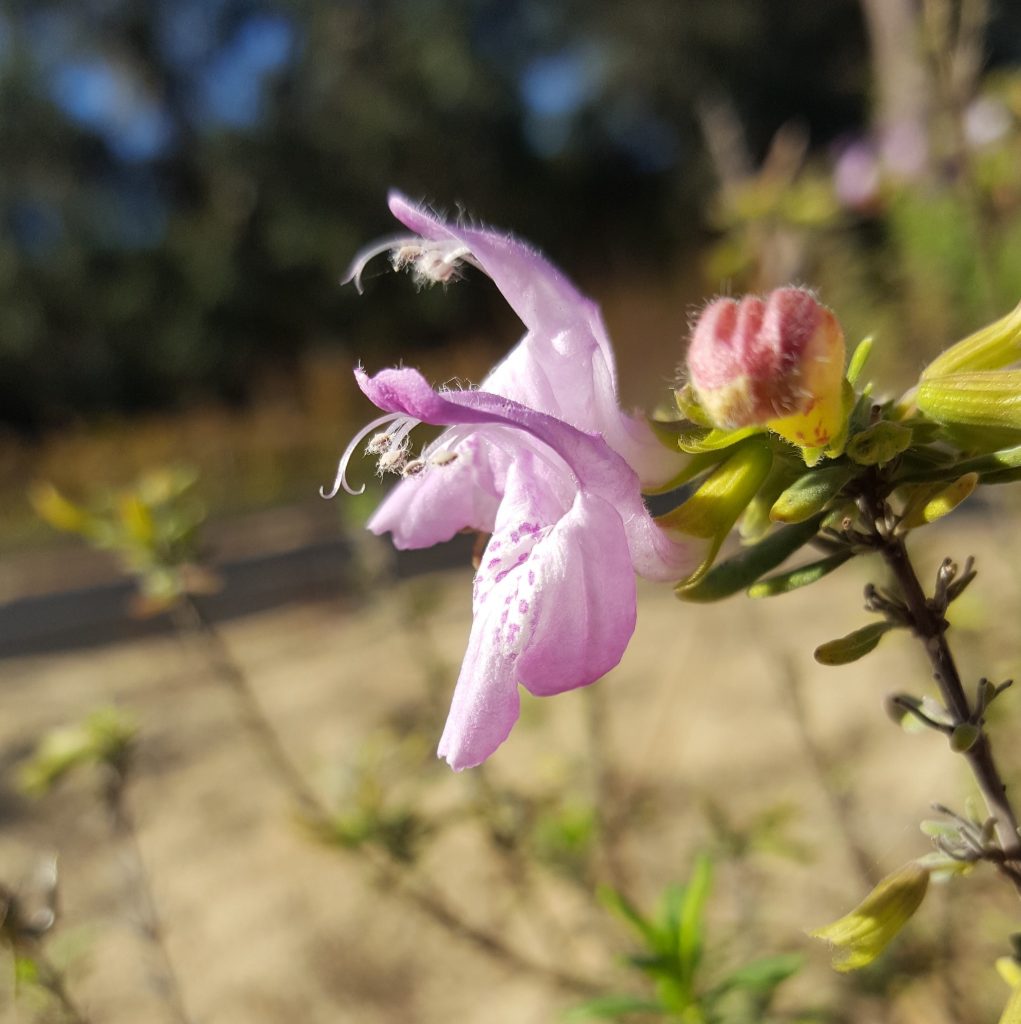The first week of May is National Wildflower Week, and what a more appropriate place to celebrate than in the land of flowers itself: Florida.
From the sandhills of the Panhandle to the pine rocklands of Miami, Florida is one of the most biodiverse places in the world. Our state is home to plants and animals that only grow here. Known as endemic species, these rare and often imperiled species rely on natural lands and proper land management to survive.
Wildflowers embody Florida’s fragility. Florida is wild and rough on the edges; our hot, hostile sun and dry, sandy soil make it hard for plants to grow here – and yet they bloom.
Florida’s biodiversity is due to its topography – it’s rising and falling sea level and the sandy ridges left behind over thousands of years of change. In our Gems Report, we feature 30 unique Florida sites that conserve our water, plant and animal species, and way of life.
Thanks to a legacy of land and water conservation, Florida is home to thousands of acres of native plants. Celestial lily – nemastylis floridiana blooms from August to October. This globally imperiled flower grows in the Green Swamp, a sprawling watershed that supplies Tampa and Central West Florida with water. The Green Swamp is classified as a Conservation Success in our Gems Report. By conserving this watershed, we protect the water supply for millions of Floridians – and help native plants like the celestial lily grow.
The Lake Wales Ridge in Central Florida is one of the most biodiverse places in the world, home to many plant species that only grow here. Clasping warea – warea amplexifolia – is critically imperiled and if more of the Ridge is not saved from development, this species could be lost forever.
The remnants of ancient sand dunes, the Lake Wales Ridge is Florida’s spinal cord. It runs from roughly Gainesville to Lake Okeechobee and every day, it is squeezed more and more by encroaching development. Listed as a Remaining Gem in our Gems Report, there are 22,000 acres left to acquire of the Lake Wales Ridge Florida Forever project.
Etonia rosemary – conradina etonia – is critically imperiled and lives along the Cross-Florida Greenway. This massive Florida Forever project not only connects Floridians recreationally, it also conserves countless plant and animal species like etonia rosemary. The Cross-Florida Greenway Florida Forever project is listed as a Conservation Gem. It not complete. In fact, more than 59,000 acres of this land in North Central Florida remains threatened by development.
The Cross Florida Greenway was originally slated to be developed as the Cross-Florida Barge Canal. Thankfully, this project was not complete. Other transportation projects like the three proposed roads to ruin threaten precious land in north, central, and southwest Florida. If we can conserve lands like these, we can save natural Florida for generations to come.
Plants and animals have adapted to thrive here. But if we don’t save natural Florida, we will lose many of the species that make our home special. That’s why we produced the Gems Report. This 50+ page, full-color book details the lands we have saved and those that remain, and the plants and animals that call them home.
Check out these awesome wildflowers and celebrate National Wildflower week by purchasing a Gems Report!
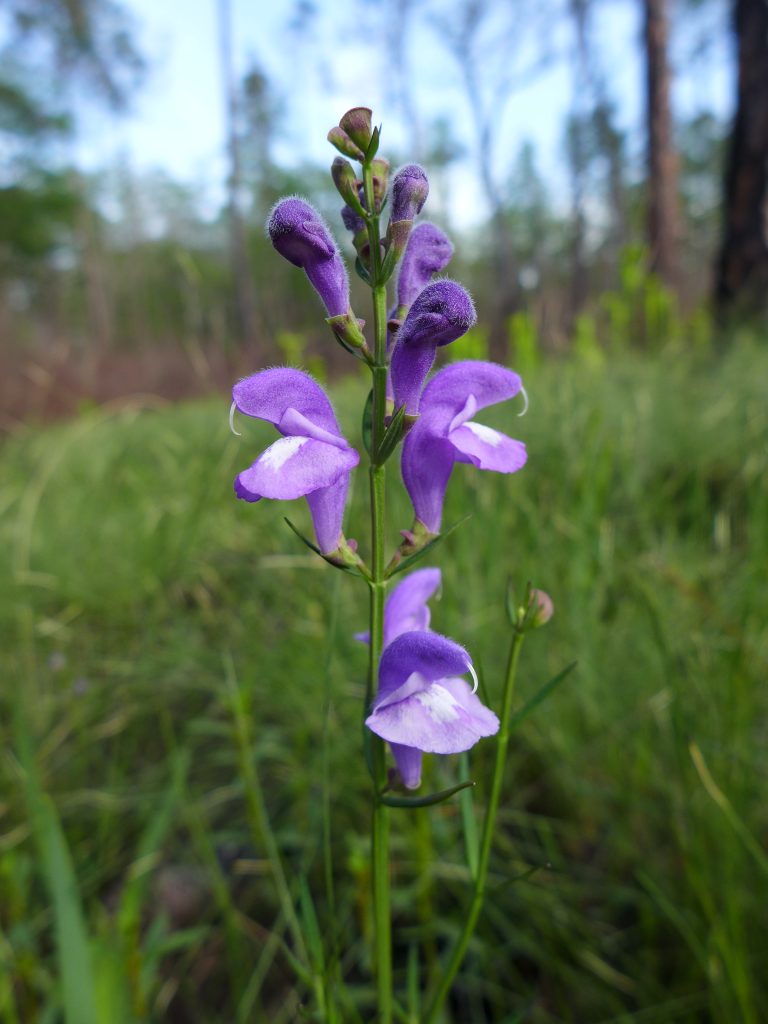
Florida skullcap – scutellaria floridana.
Photo by Amy Jenkins.
Coastal mock vervain – glandularia maritima. Photo by Brenda Herring. 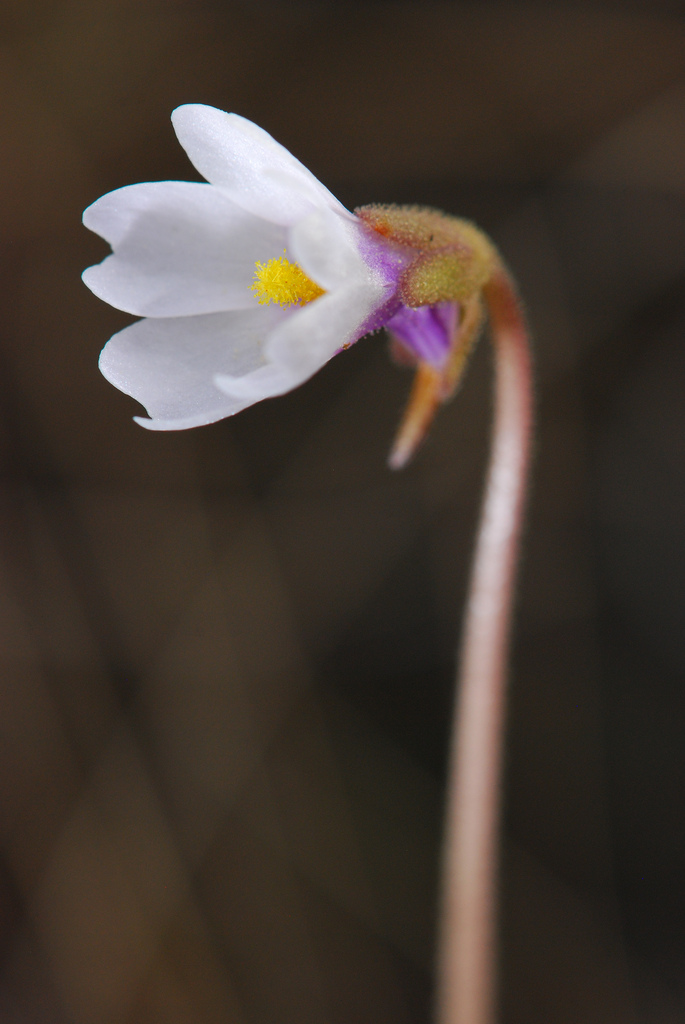
Godfrey’s butterwort – pinguicula ionantha. Photo by Robert Gundy. 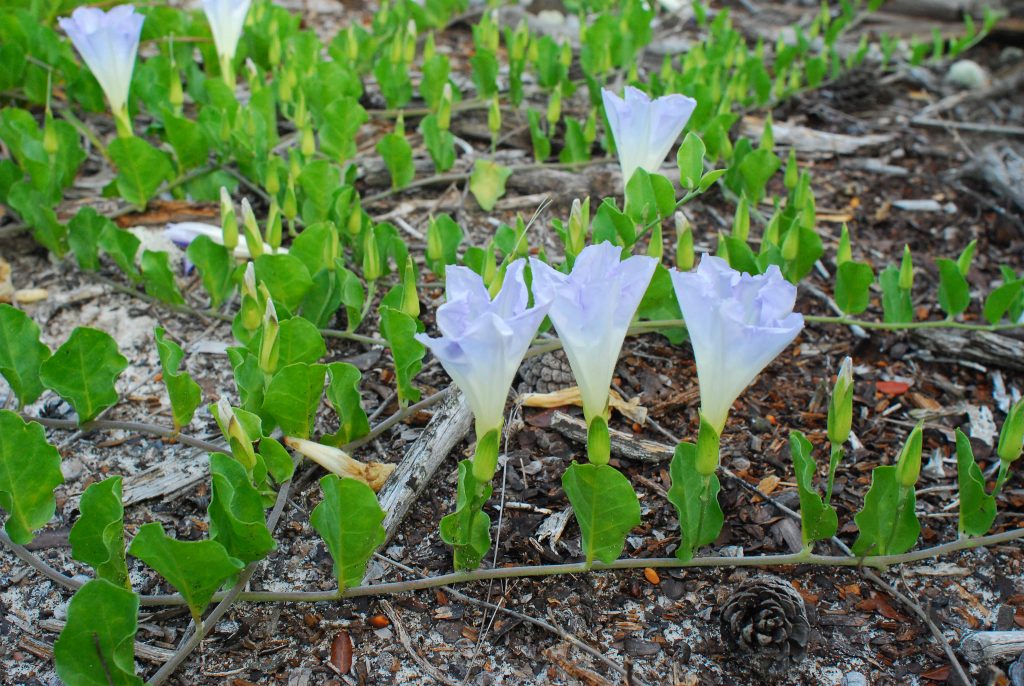
Florida bonamia – bonamia grandiflora. Photo by Robert Gundy 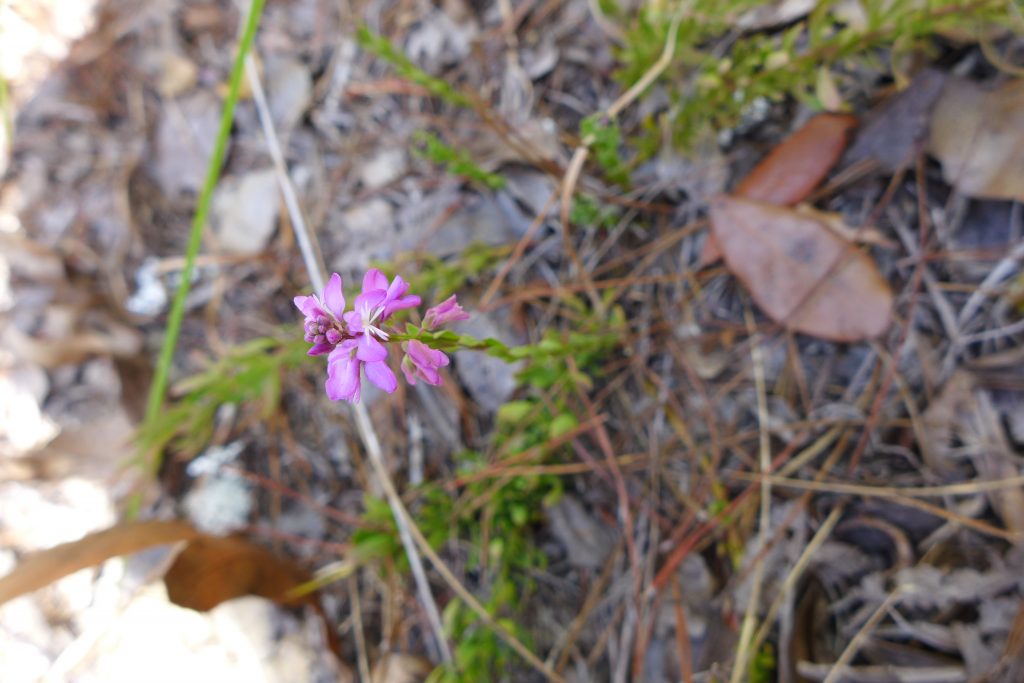
Lewton’s milkwort – polygala lewtonii. Photo by Amy Jenkins. 
Pineland clustervine – jacquemontia curtissii. Photo by Amy Jenkins. 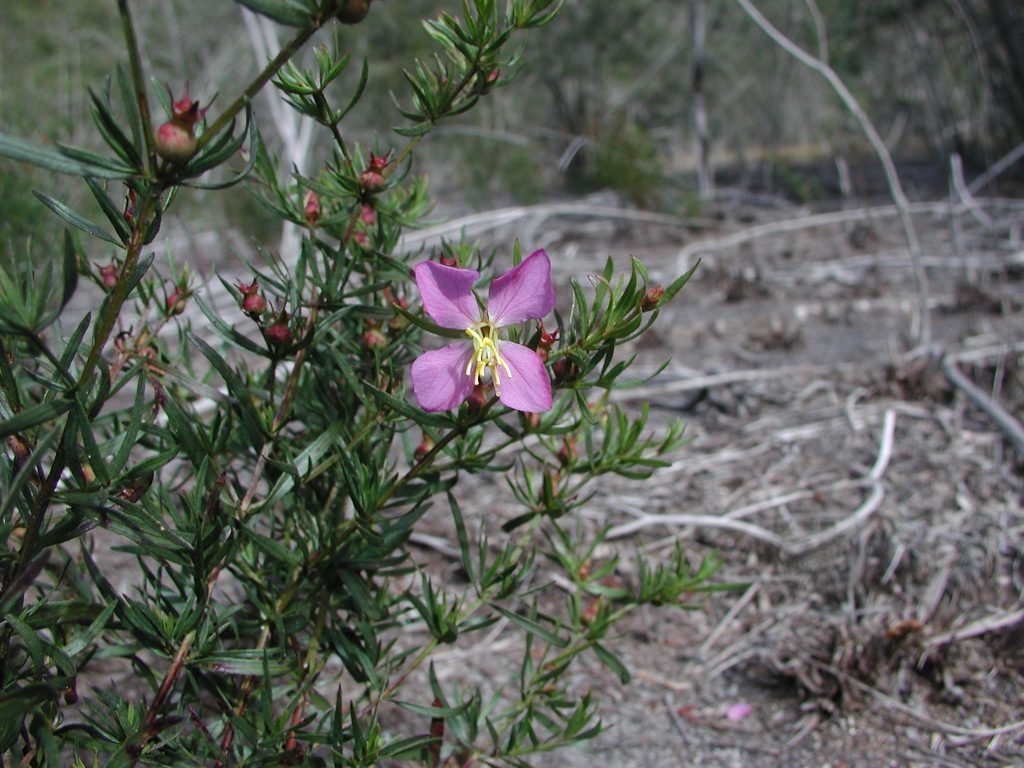
Panhandle meadowbeauty – rhexia salicifolia. Photo by Ann Johnson.


